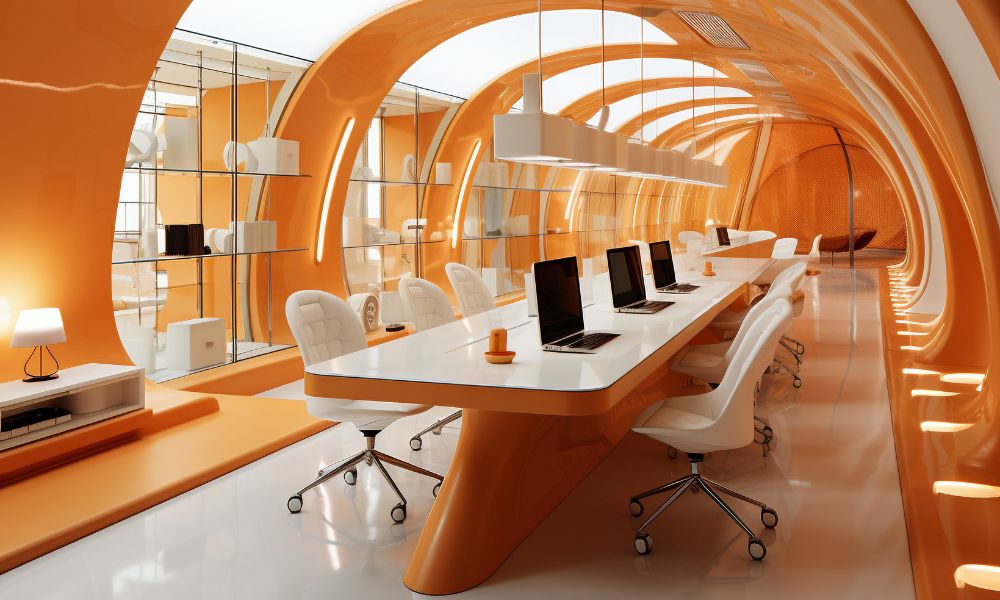Commercial Architecture is no longer limited to putting up walls and roofs—it has evolved into the art of shaping environments that fuel business growth. A successful commercial space is more than a workplace; it reflects brand identity, enhances customer experience, and boosts employee productivity.
Why Commercial Architecture Matters
In today’s competitive market, businesses need spaces that do more than function. They must inspire, engage, and perform. That’s where commercial architecture plays a crucial role—balancing three key elements:
- Functionality – Optimized layouts, smooth circulation, and safe, comfortable environments.
- Aesthetics – Designs that capture brand identity and create visual impact.
- Efficiency – Smart energy use, sustainable materials, and long-term cost savings.
Understanding Commercial Needs
Every commercial project starts with a deep understanding of business goals and user behavior. Architects analyze:
- Site Potential – evaluating opportunities and constraints.
- User Flow – ensuring smooth movement for staff, customers, and visitors.
- Spatial Requirements – defining the right balance between private work zones, public areas, and amenities.
This approach ensures that each commercial space design is practical, welcoming, and aligned with business objectives.
Balancing Design and Functionality
Modern corporate architecture demands a seamless blend of beauty and practicality. Key strategies include:
- Flexible layouts that adapt to future growth.
- Energy-efficient lighting and HVAC systems.
- Strong connectivity between work areas and public zones.
This balance ensures that spaces not only look inspiring but also perform at their best.
Sustainable and Smart Design
Sustainability is now at the core of commercial architecture. Businesses demand solutions that minimize costs while maximizing impact. Architects deliver by:
- Using energy-efficient materials to lower operational expenses.
- Choosing low-maintenance finishes for durability.
- Applying passive design strategies like natural lighting and ventilation.
On top of this, modern tools like BIM (Building Information Modeling), AI-assisted planning, and NLP-driven design insights bring precision to planning, risk management, and workflow efficiency.
Commercial Architecture Across Industries
From corporate offices to retail hubs, restaurants, and hospitality spaces, commercial design shapes how people experience businesses. Well-designed commercial environments:
- Reinforce brand identity.
- Enhance customer engagement.
- Improve employee productivity.
- Deliver sustainable, future-proof solutions.
Open Architect Studio’s Vision
At Open Architect Studio, we see commercial architecture as the foundation of business success. Every project we deliver combines:
- Functionality with aesthetics.
- Smart technology with creative design.
- Sustainability with efficiency.
- Spaces that reflect brand values and user needs.
Commercial spaces today must do more than house operations—they must inspire, perform, and evolve with time. Thoughtfully designed environments improve engagement, strengthen brands, and drive business growth.




